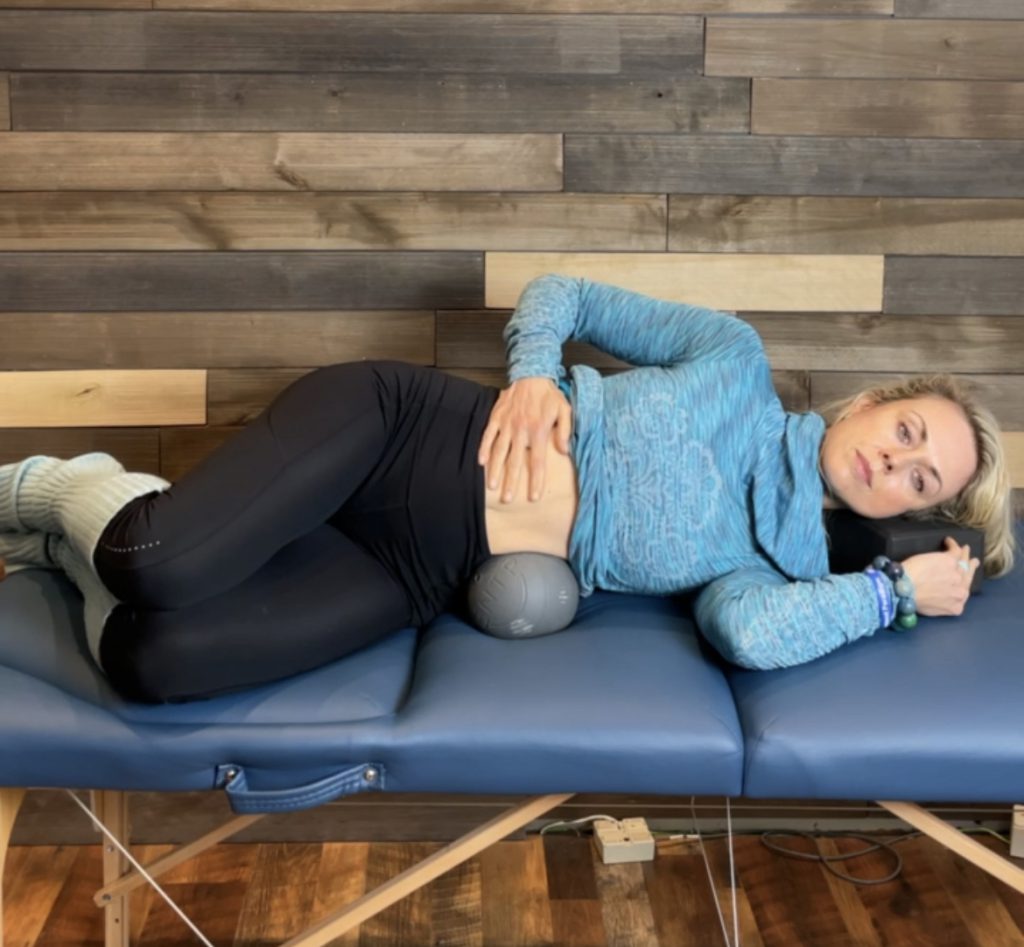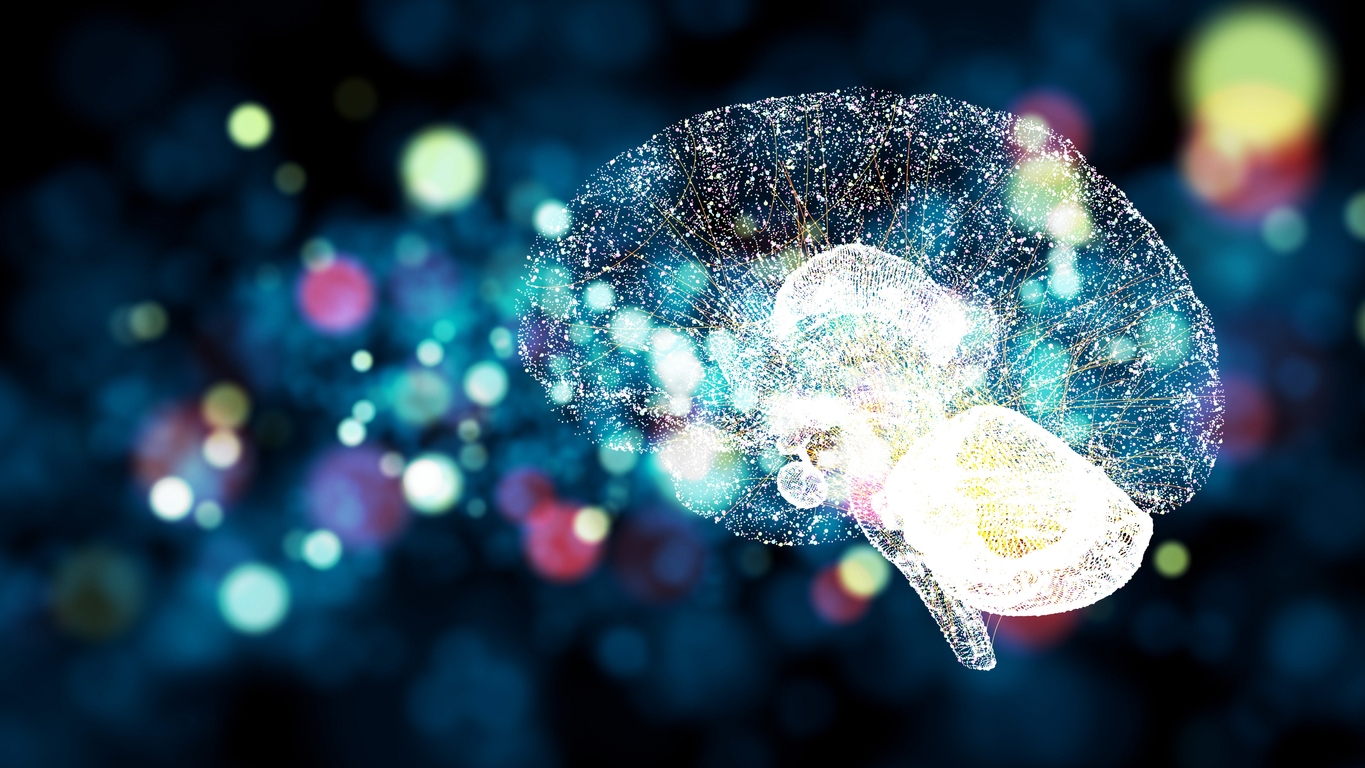You can – and should – consciously tap into the power of your vagus nerve, says Dr Arianne Missimer.
Known as the ‘wandering nerve’ in Latin, the vagus nerve begins in the brainstem and innervates the muscles of the throat, circulation, respiration, digestion and elimination tracks. It accounts for 80% of our parasympathetic, or ‘rest and digest’, nervous system.
Healthy vagal activity is associated with better physical and mental wellbeing.1 Otherwise, it can cause issues such as inflammation, heart disease and strokes.2
Consider Dr Stephen Porges, a leading expert in developmental psychophysiology and developmental behavioral neuroscience. His 1994 polyvagal theory recognised the complexity of the nervous system.3,4 There are three ways it expresses itself, starting with a state of social engagement, where we are joyful, present, grounded and compassionate. Fight or flight, of course, involves frustration and anger, or fear and anxiety. And our ‘freeze state’ is marked by dissociation and hopelessness.
Social engagement, naturally, is what we want to encourage the most for optimal existence. Fortunately, stimulating the vagus nerve can help us achieve that – which we can do through the following 10 methods.
1. Cold exposure
Research shows that acute cold exposure activates the cholinergic neurons in your vagus nerve pathways, stimulating the nerve itself. This can be easily done by slightly changing your shower routine. Just lower the temperature to approximately 15℃ for 30 seconds at the end each time to decrease your fight-flight or sympathetic pathways.5
2. Deep, slow breathing
Diaphragmatic breathing involves fully expanding your abdomen 360⁰, like a balloon, as you inhale. The key is to take slow breaths with long exhales. The vagus nerve releases a neurotransmitter called acetylcholine that catalyses increased focus and calmness. You could start with a tempo of three seconds in and three out, but you’ll want to lengthen that over time. The slower the exhale, the more the vagus nerve is stimulated. The most benefits are achieved with five or six breaths per minute and can be especially helpful in times of stress and anxiety.6
3. Chanting, singing, humming, gargling and yawning
The muscles of the vocal cords are connected to the vagus nerve, so using them stimulates productive activity. Besides, singing is a great way for people to communicate and connect in general.
Humming, meanwhile, entails an extended exhale that releases a neurotransmitter called acetylcholine. This stimulates the vagus nerve and creates a relaxation response. Additionally, the vibration of humming causes the nasal cavity to release nitric oxide, which increases vasodilation and circulation.
When the soft palate lifts through these various activities, the vagus nerve is stimulated.
4. Visceral release
 Known as the second brain, your gastrointestinal system is a key area for innervation of the vagus nerve. 80% of our vagus nerve is sensory, providing information to the brain. This amazing gut-brain axis can be influenced by addressing and decreasing any potential tension that we may be holding in the abdomen.7
Known as the second brain, your gastrointestinal system is a key area for innervation of the vagus nerve. 80% of our vagus nerve is sensory, providing information to the brain. This amazing gut-brain axis can be influenced by addressing and decreasing any potential tension that we may be holding in the abdomen.7
To alleviate this tension, lie on your side on top of a soft ball or even a rolled-up towel or blanket. Then gently guide your tissue, skin, fascia and organs over the ball while breathing diaphragmatically. Do this on your left side, then on your right. Do this for a minimum of two minutes or as long as you would like.
5. Meditation
This is a great way to improve vagal tone, decrease your stress response and improve your mindfulness awareness over time.6
6. Probiotics
Think of the gut-brain connection as a highway that can be better paved by probiotics. Two primary strains of bacteria that can be found in fermented vegetables, sometimes known as psychobiotics, have been shown to improve mood, behaviour, depression and anxiety. They are lactobacillus rhamnosus and bifidobacterium longum.8 Both can also impact on GABA (gamma-aminobutryic acid), essentially inhibiting fear and anxiety.
7. Massage
Regular massages or self-massages can enhance positive vagal activity. The same applies to foot reflexology. Increased heart rate variability and therefore increased parasympathetic activity is likely due to stimulation of the mechanoreceptors that help to downregulate the nervous system.9
8. Exercise
Movement is such a powerful way to improve your vagal tone, become more connected and enhance happiness. The vagus nerve is the main pathway for conveying information about the internal condition of the body to the brain. Movement stimulates the myofascial structures, which are rich in interoceptors, our sensory receptors that are able to stimulate the areas of the brain that control the emotional state. Adding exercise and movement you enjoy into your daily life can make a major difference by improving your interoceptive awareness – simply put, your body’s internal awareness of self.10,11
9. Socialising and laughing
It might seem obvious that connecting with your fellow humans in enjoyable ways is a mood booster. But few realise this is partially because doing so enhances vagal activity.12 Laughing can bring you to a state of social engagement and it is a great way to co-regulate with others. Make sure that, despite current circumstances, you socialise, laugh and enjoy life as much as possible.
10. The basic exercise
Stanley Rosenberg’s basic exercise is a simple way of bringing blood flow to the brain stem, where the vagus nerve originates, and realigning the first two vertebrae. It brings you into a state of social engagement.4 To perform this:
- lie on your back
- interlace your fingers and bring them behind your head right at the base of your skull
- move just your eyes to the right until you sigh, swallow or yawn (typically within 30-60 seconds) and repeat on the other side.
For the record, blinking is allowed.
Any one of these self-care-orientated exercises can be edifying additions to your daily life, even going so far as to induce joy. If you want to live life to the fullest, these are 10 core ways to help you better achieve just that.
Like to get more content like this without having to search? Sign up for the free FitPro newsletter delivered to your inbox bi-weekly.
Author Bio:

Dr. Arianne Missimer an award-winning health expert with more than 20 years of experience in the health industry. She is the owner and founder of the Movement Paradigm, an integrative health center, author, doctor of physical therapy, registered dietitian, yoga teacher, and mindfulness educator. Dr. Missimer is dedicated to helping individuals heal their bodies, move well, alleviate inflammation, and live with vitality.
Explore our sports massage therapist insurance and get covered today.
References
- Lv H, Zhao Y, Chen J, Wang D, Chen H (2019), Vagus nerve stimulation for depression: A systematic review, Frontiers in Psychology, 10. doi: https://doi.org/10.3389/fpsyg.2019.00064, accessed on 1 July 2021.
- Thayer JF (2009), Vagal tone and the inflammatory reflex, Cleveland Clinic Journal of Medicine, 76(4 suppl 2): S23–S26. doi: https://doi.org/10.3949/ccjm.76.s2.05, accessed on 1 July 2021.
- Porges SW (2011),The Polyvagal Theory: Neurophysiological Foundations of Emotions, Attachment, Communication, and Self-regulation (Norton Series on Interpersonal Neurobiology), W. W. Norton & Company.
- Rosenberg S (2017), Accessing the Healing Power of the Vagus Nerve: Self-Help Exercises for Anxiety, Depression, Trauma, and Autism, North Atlantic Books.
- Jungmann M, Vencatachellum S, Van Ryckeghem D, Vögele C (2018), Effects of cold stimulation on cardiac-vagal activation in healthy participants: Randomized controlled trial, JMIR Formative Research, 2(2): e10257. doi: https://doi.org/10.2196/10257, accessed on 1 July 2021.
- Gerritsen RJS, Band GPH (2018), Breath of life: The respiratory vagal stimulation model of contemplative activity, Frontiers in Human Neuroscience, 12. doi: https://doi.org/10.3389/fnhum.2018.00397, accessed on 1 July 2021.
- Breit S, Kupferberg A, Rogler G, Hasler G (2018), Vagus nerve as modulator of the brain–gut axis in psychiatric and inflammatory disorders, Frontiers in Psychiatry, 9. doi: https://doi.org/10.3389/fpsyt.2018.00044, accessed on 1 July 2021.
- Wang H, Lee IS, Braun C, Enck P (2016), Effect of probiotics on central nervous system functions in animals and humans: A systematic review, Journal of Neurogastroenterology and Motility, 22(4): 589-605. doi: https://doi.org/10.5056/jnm16018, accessed on 1 July 2021.
- Field T (2016), Massage therapy research review, Complementary Therapies in Clinical Practice, 24: 19-31. doi: https://doi.org/10.1016/j.ctcp.2016.04.005, accessed on 1 July 2021.
- Paciorek A, Skora L (2020), Vagus nerve stimulation as a gateway to interoception, Frontiers in Psychology, 11. doi: https://doi.org/10.3389/fpsyg.2020.01659, accessed on 1 July 2021.
- Bordoni B, Marelli F (2017), Emotions in motion: Myofascial interoception, Complementary Medicine Research, 24(2): 110-113. doi: https://doi.org/10.1159/000464149, accessed on 1 July 2021.
- Kok BE, Coffey KA, Cohn MA, Catalino LI, Vacharkulksemsuk T, Algoe SB, Brantley M, Fredrickson BL (2013), How positive emotions build physical health, Psychological Science, 24(7): 1,123-32. doi: https://doi.org/10.1177/0956797612470827, accessed on 1 July 2021.







